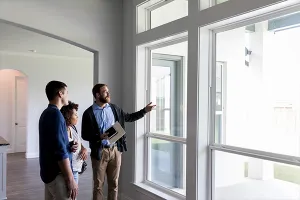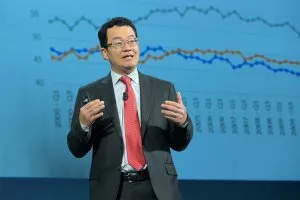A downside to the home buying market has brought an upside to the rental market. Occupied rental units have risen from 2005 when people were getting priced out of the bubble prices and then accelerated in light of rising foreclosures and the weak economy.
Naturally, higher renter demand means an opportunity to raise rents. Initially, rents did not rise much, because of the need to first absorb many vacant units. But as rental demand continued to move up, along with quite low levels of new construction of multifamily units (mostly apartments) in recent years, it was inevitable that rents would rise.
The effective apartment rent rose 2.3 percent in 2010 according to REIS, a private data collecting firm focusing on commercial properties. As of the first quarter of 2011, rents were higher by 2.5 percent from one year ago. All indications are for further increases in rents for the remainder of the year and probably into 2012. The above private company measure, interestingly, tends to move with wider swings and are now notably higher than what is implied in the government consumer price index data on renter’s rent, which rose 0.2 percent in 2010 and by 1.1 in the first quarter of 2011. The difference could be attributed mostly to large metro market coverage by REIS while the government tries to cover both urban and rural areas of all sizes. It could also be a current understatement in government data, which means inevitable further strong gains in rent in upcoming consumer price index releases.
Independent of the rent measurement issues, one thing that is clear is the rising rent trend. Furthermore, an increasing number of financially capable renters will pull out a calculator and start to analyze whether or not it now makes more sense to buy. In many markets, it is indeed likely that buying makes more sense than renting for comparable living space.








